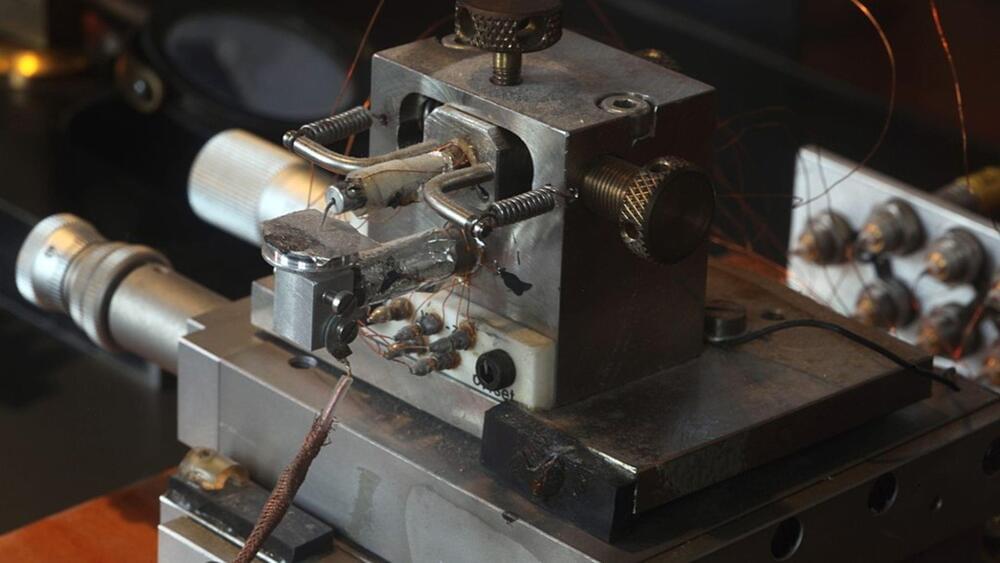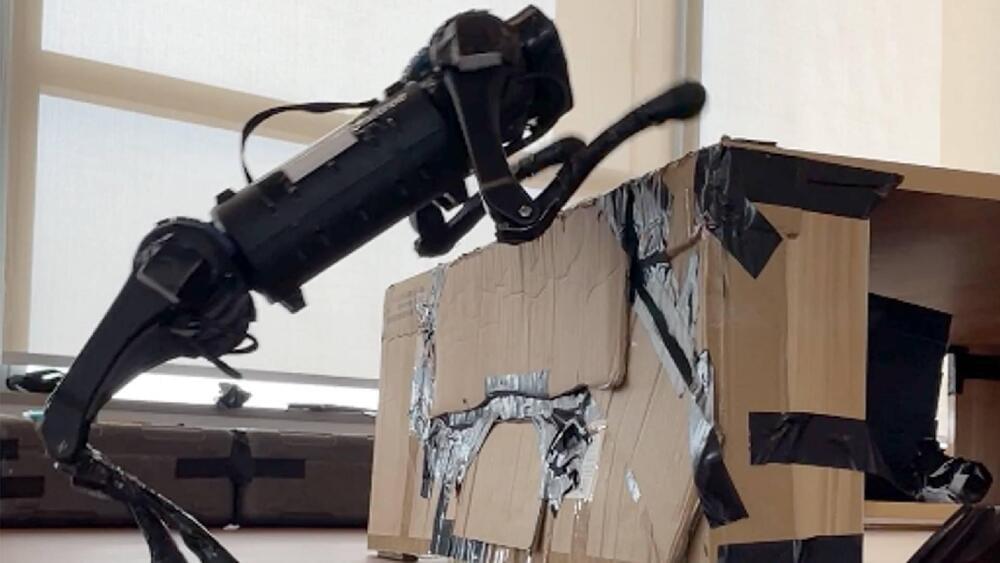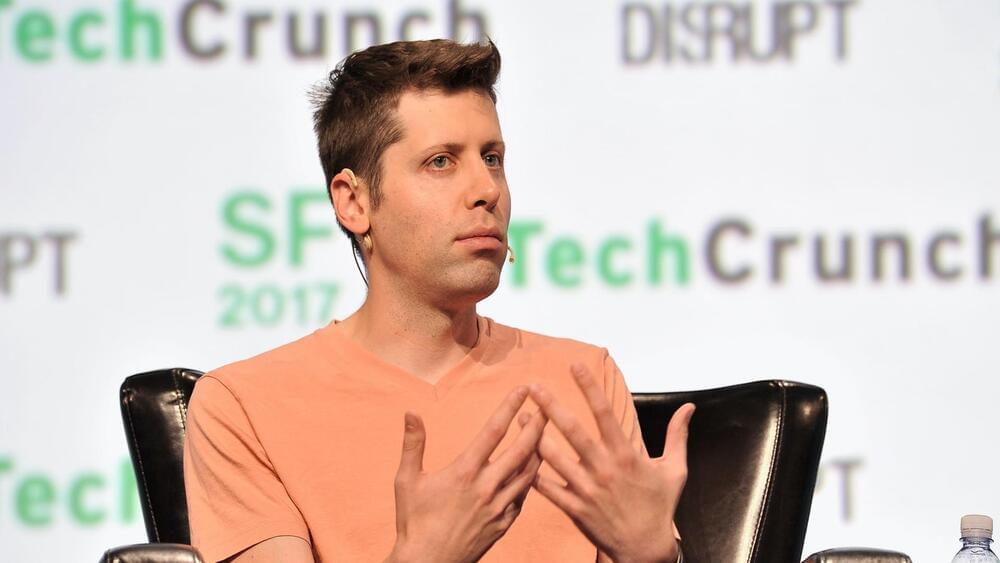The AI tongue mimics how taste influences what we eat based on both needs and wants.
Researchers at Pennsylvania State University are developing an artificial intelligence-powered electronic tongue that can differentiate between various tastes of food and also make feeding decisions.
The device can sense sodium ions when detecting salt. “This means the device can ‘taste’ salt,” said Subir Ghosh, co-author of the study and a doctoral student in engineering science and mechanics.








